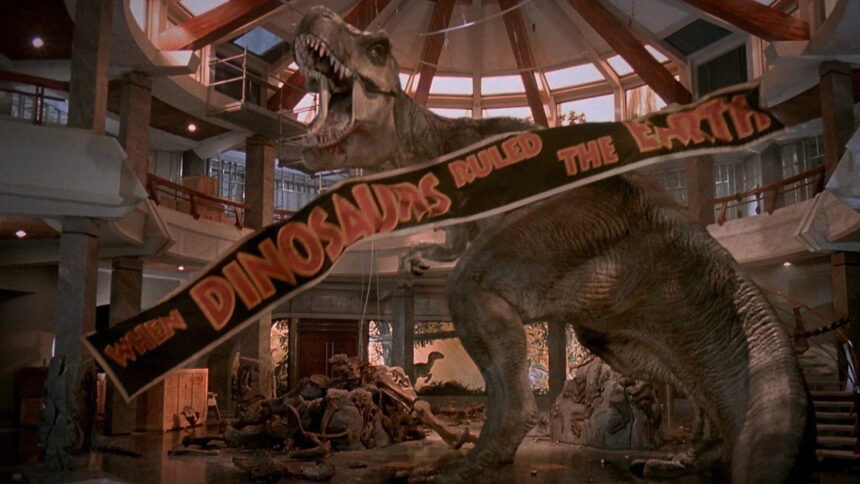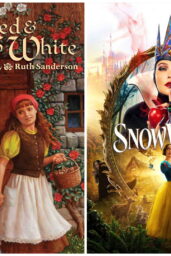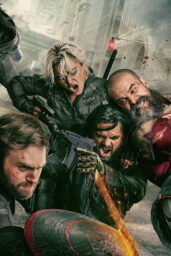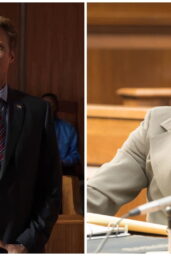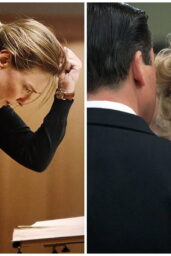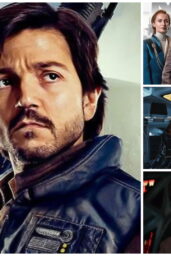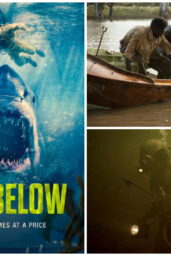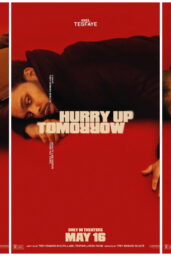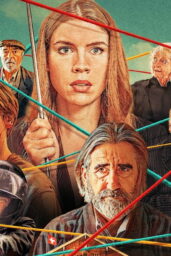Let's cut through the nostalgia fog: Jurassic Park's ending wasn't just changed—it was lobotomized. The original finale? A T-Rex storming San Diego, foreshadowing The Lost World. But Spielberg axed it for a sunset helicopter escape. Why? Because 1993 executives feared sequels like a compy fears fire.
The DigitalSpy exposé reveals storyboard artist David Lowery's bombshell: The San Diego sequence was fully designed, complete with a T-Rex “smashing through suburban America like a toddler through LEGOs.” But Universal nixed it, demanding closure over franchise bait. Fast-forward to 1997's The Lost World—which recycled the idea as a tacked-on climax.
Deep Dive:
This isn't just trivia—it's a case study in Hollywood's toxic relationship with risk.
- The Irony: Spielberg, who pioneered the blockbuster, bowed to studio pressure. The man who gave us Jaws' severed limbs chickened out of a Jurassic cliffhanger.
- The Ripple Effect: The safer ending cemented the “dinosaurs in zoos” formula, leading to increasingly ridiculous sequels. Imagine Jurassic World: Dominion with stakes higher than locusts.
- The Crichton Factor: Michael Crichton's original novel ended with raptors overrunning the mainland. Spielberg's team called it “too apocalyptic.” Translation: “Too interesting.”
Hollywood's obsession with “brand safety” is teh real monster here—a genetically engineered hybrid of fear and greed.
Next time you groan at Jurassic Park 7: Dino NFTs, remember: We lost a visionary ending to protect merch sales. Still think studios care about art?

